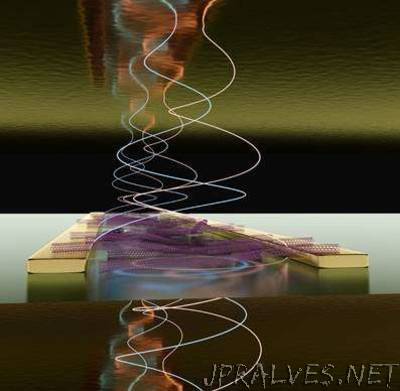
“Material scientists and physicists from Heidelberg University (Germany) and the University of St Andrews (Scotland) have demonstrated electrical generation of hybrid light-matter particles, so-called exciton-polaritons, by using field-effect transistors with semiconducting carbon nanotubes integrated in optical microcavities. The extraordinary stability of these transistors enabled electrical pumping at unprecedented rates, which paves the way for electrically pumped lasers with solution-processed and carbon-based semiconductors. As the emission of these light sources can be tuned across a wide range of the near-infrared spectrum, this work holds particular promise for applications in telecommunications. These results, published in Nature Materials (DOI: 10.1038/nmat4940), are the latest outcome of a fruitful cooperation between Professor Dr Jana Zaumseil (Heidelberg) and Professor Dr Malte C Gather (St Andrews).”
Link to article
